I'm a bit overwhelmed by the sheer amount of variations in optocouplers and since I've never used one before in any project I don't really know what criteria to look out for.
A colleague of mine suggested that I should replace the relays in my circuit with optocouplers as they are much cheaper and also smaller in size. I agree with him once I looked into it, but unlike relays, I'm very unfamiliar with optocouplers.
I have this schematics in which I use relays to enable/disable a parallel resistor.

simulate this circuit – Schematic created using CircuitLab
From my understanding, if I were to use optocouplers I could get rid of the TPIC6C596, which I only need due to the high current draw of the relay.
So for this output-schematic I figured I could use this LTV-847 which would replace 4 relays at once.
But there were many other options to choose from and I just feel like I'm making a wrong choice because the above was simply the cheapest 4 channel chip that I found.
It's a simple circuit without much timing constraints, so any optocoupler that uses less mA than a relay and handles 24V could work.
For relays it was a bit easier, because I needed the smallest, cheapest 5V relay that I can get, which narrowed down the search quickly.
But with optocouplers pretty much all of the options are cheaper than the relays, are smaller and also use less current...
Edit:
Would this circuit produce the same result as the relays?

Is my optocoupler choice fitting for the scenario, given that I have 24V on the input module and 5V on the control side. Basically just requiring a "switch" solution but in a smaller form factor.
Regarding my schematic:
Originally I used relays because I knew they don't produce a voltage drop on the output.
However, from what I've read, optocouplers do produce voltage drops because of the phototransistor used.
But since I'm unfamiliar with the component itself I didn't know how I could best reproduce the result of a relay with an optocoupler, meaning I can get the ~24mA needed on the output side.
The relay simply creates a parallel resistor, so the total resistance is around 1K ohm.
Would I need to lower the resistance of the output resistor R3 or are there optocouplers with identical results as relays?
